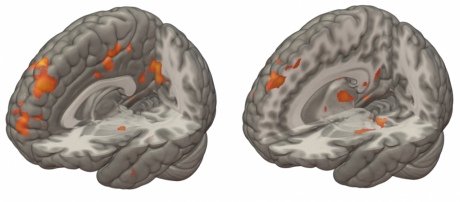The scientists behind the
Kisspeptin is a naturally occurring hormone that stimulates the release of other reproductive hormones inside the body. The study involved a
The researchers found that after the injection of kisspeptin, when the volunteers were shown sexual or romantic images of couples, there was enhanced activity in structures in the brain typically activated by sexual arousal and romance.
The team believe this shows kisspeptin boosts behavioural circuits associated with sex and love. They are particularly interested in how kisspeptin might be able to help people with psychosexual disorders and related problems with conceiving a baby.
NIHR Research Professor Waljit Dhillo, the lead author of the research from the Department of Medicine at Imperial College London, said: «Most of the research and treatment methods for infertility to date have focussed on the biological factors that may make it difficult for a couple to conceive naturally. These of course play a huge part in reproduction, but the role that the brain and emotional processing play in this process is also very important, and only partially understood.»
As the research is at an early stage, the team of researchers now want to do a follow on study to analyse the effects of kisspeptin in a larger group, including women as well as men.
Professor Dhillo added: «Our initial findings are novel and exciting as they indicate that kisspeptin plays a role in stimulating some of the emotions and responses that lead to sex and reproduction. Ultimately, we are keen to look into whether kisspeptin could be an effective treatment for psychosexual disorders, and potentially help countless couples who struggle to conceive.»
Volunteers in the study underwent MRI scans at the Imanova Centre for Imaging Sciences and were shown sexual and

Left image: Orange highlights illustrate the enhanced activity in the brain when the subjects had the kisspeptin injection and looked at sexual images. These areas of the brain have often been associated with processing of sexual, emotional and rewarding stimuli.
Right image: Orange highlights show areas of the brain that were more responsive to
Source: http://www3.imperial.ac.uk/newsandeventspggrp/imperialcollege/newssummary/news_23-1-2017-14-31-48


